Port Forwarding
This feature is currently only available for routers and some other devices.
Port forwarding is a network technology that maps a specific port on the public network to a specified server on the local network, allowing internet users to access services on the server in the local network by accessing that port.
By opening and mapping ports, port forwarding enables accessibility of internal network resources from external networks, providing a convenient and secure way for remote users to connect to and use computers or services in the internal network.
Use Cases
Scenario introduction : Access the company's internal file server or internal website at home. This case uses the ftp server as an example. Hereinafter, the company PC is called the remote PC, and the home PC is called the local PC.

1 . Make sure the ftp server on the remote PC is enabled.
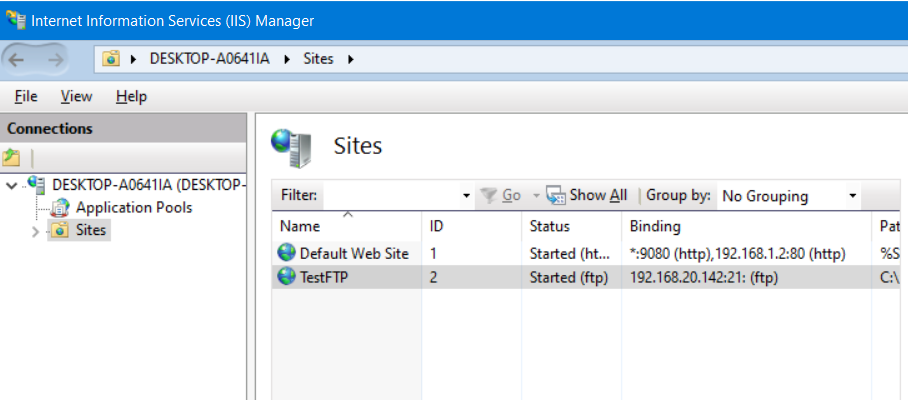
2 . Select the file you want to share (test_ftp), right-click test_ftp and select Properties.
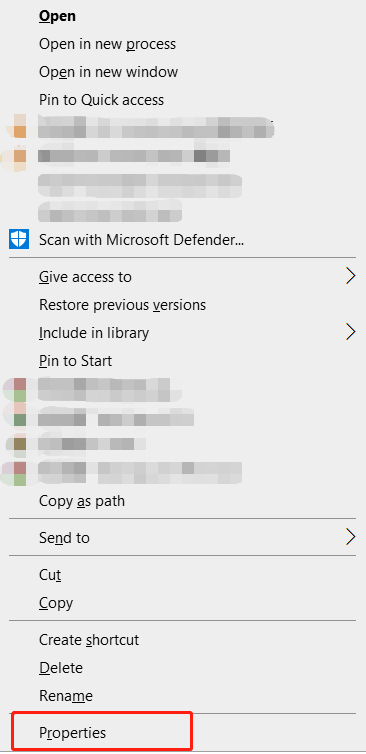
3 . Click to enter the sharing tab and click Share, as shown below.

4 . Select a user for remote login. (This user is used to log in locally to the remote server for verification)
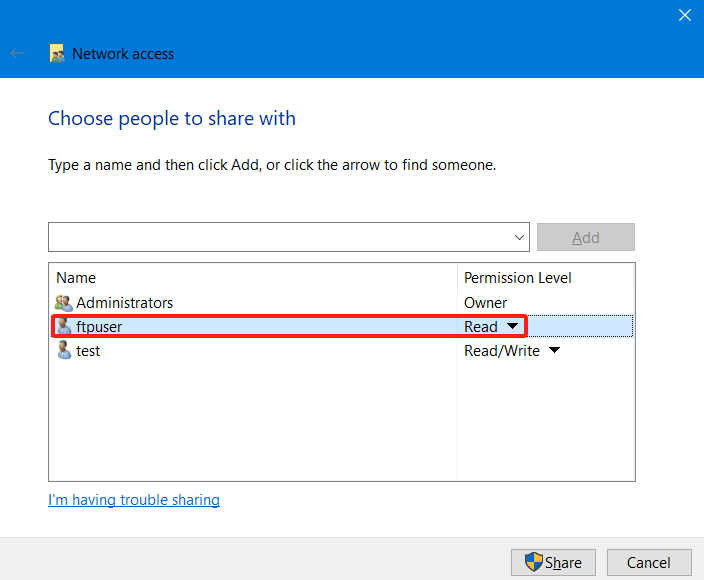
5 . Click "Next" > "Done".
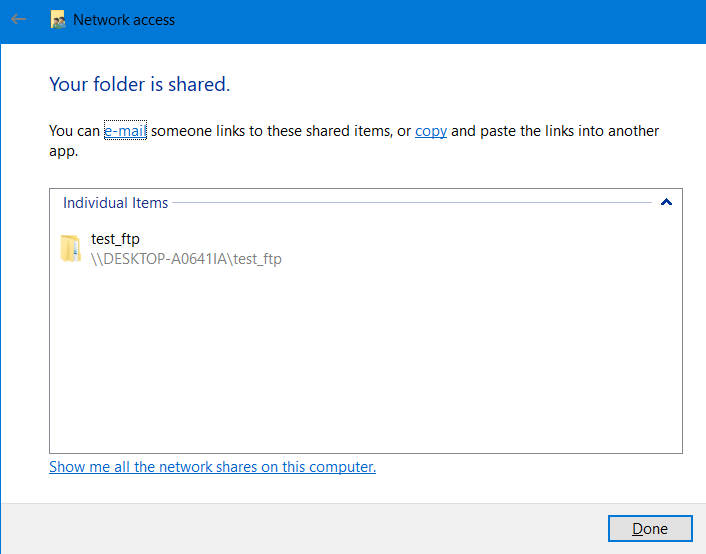
6 . Open the browser and enter http://wavlogin.link to enter the management interface of the remote router. Enter "More Settings > NAT Forwarding > Port Forwarding".

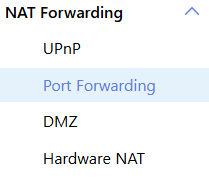
7 . Set the port forwarding rules, fill in the IP address of the ftp server "192.168.20.142", set the internal and external ports to 21 (the default port number of the ftp service is 21), and select the TCP protocol (the ftp service works on TCP).

8 . Check the wan port IP of the remote router and click "More Settings > Device Status", as shown below.
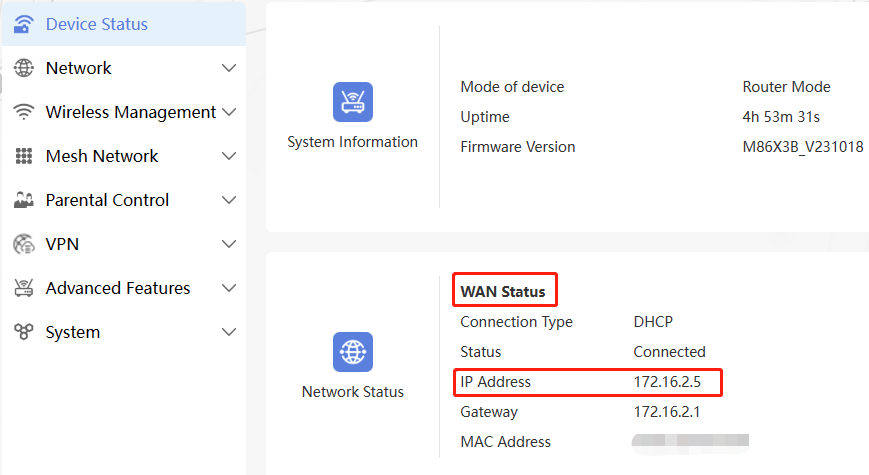
9 . Open the file explorer of the local computer, enter ftp://wan port IP (ftp://172.16.2.5) in the address bar, and hit Enter to enter the user verification interface.

10 . Enter the correct user name and password and hit Enter to see the shared folder. (The logged-in user in this case is the user ftpuser in the fourth step)
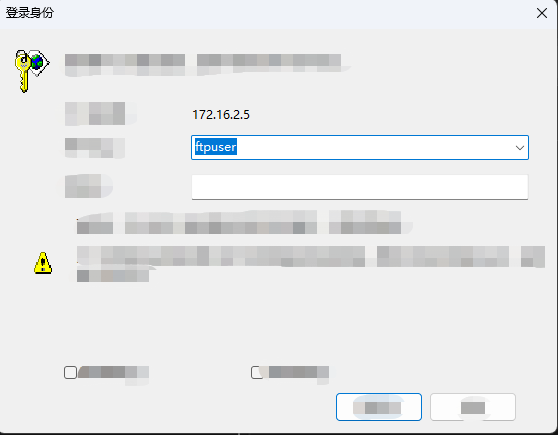

Parameter Description

When setting up port forwarding, you need to specify the following parameters :
Info
-
External Port: This is the port number in the external network, used to receive external requests.
-
Internal IP Address: This is the IP address of the device on the internal network that is to receive forwarded requests.
-
Internal Port: This is the port number on the internal device used to receive forwarding requests.
-
Protocol: Specify the protocol to use, usually TCP or UDP.